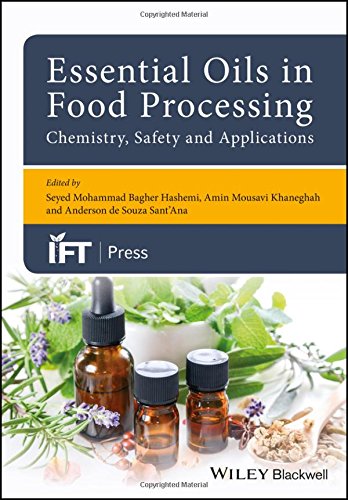

Most ebook files are in PDF format, so you can easily read them using various software such as Foxit Reader or directly on the Google Chrome browser.
Some ebook files are released by publishers in other formats such as .awz, .mobi, .epub, .fb2, etc. You may need to install specific software to read these formats on mobile/PC, such as Calibre.
Please read the tutorial at this link: https://ebookbell.com/faq
We offer FREE conversion to the popular formats you request; however, this may take some time. Therefore, right after payment, please email us, and we will try to provide the service as quickly as possible.
For some exceptional file formats or broken links (if any), please refrain from opening any disputes. Instead, email us first, and we will try to assist within a maximum of 6 hours.
EbookBell Team

4.3
98 reviewsA guide to the use of essential oils in food, including information on their composition, extraction methods, and their antioxidant and antimicrobial applications
Consumers’ food preferences are moving away from synthetic additives and preservatives and there is an increase demand for convenient packaged foods with long shelf lives. The use of essential oils fills the need for more natural preservativesto extend the shelf-life and maintaining the safety of foods. Essential Oils in Food Processing offers researchers in food science a guide to the chemistry, safety and applications of these easily accessible and eco-friendly substances.
The text offers a review of essential oils components, history, source and their application in foods and explores common and new extraction methods of essential oils from herbs and spices. The authors show how to determine the chemical composition of essential oils as well as an explanation of the antimicrobial and antioxidant activity of these oils in foods. This resource also delves into the effect of essential oils on food flavor and explores the interaction of essential oils and food components. Essential Oils in Food Processing offers a: